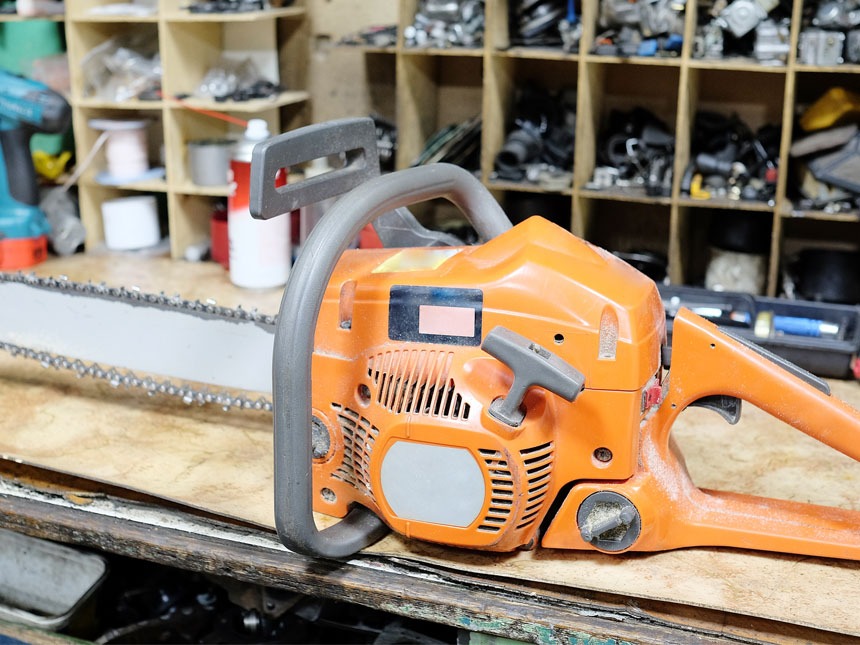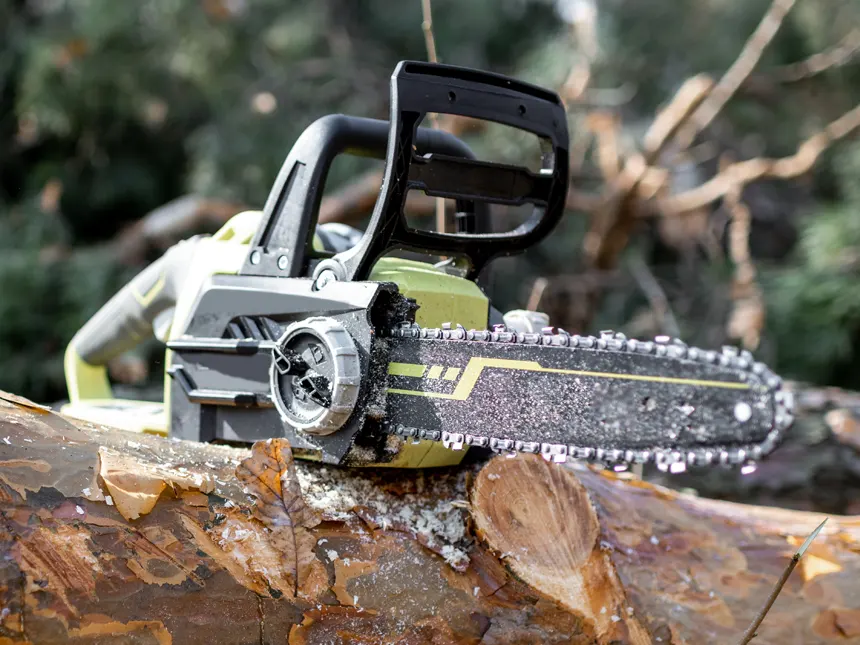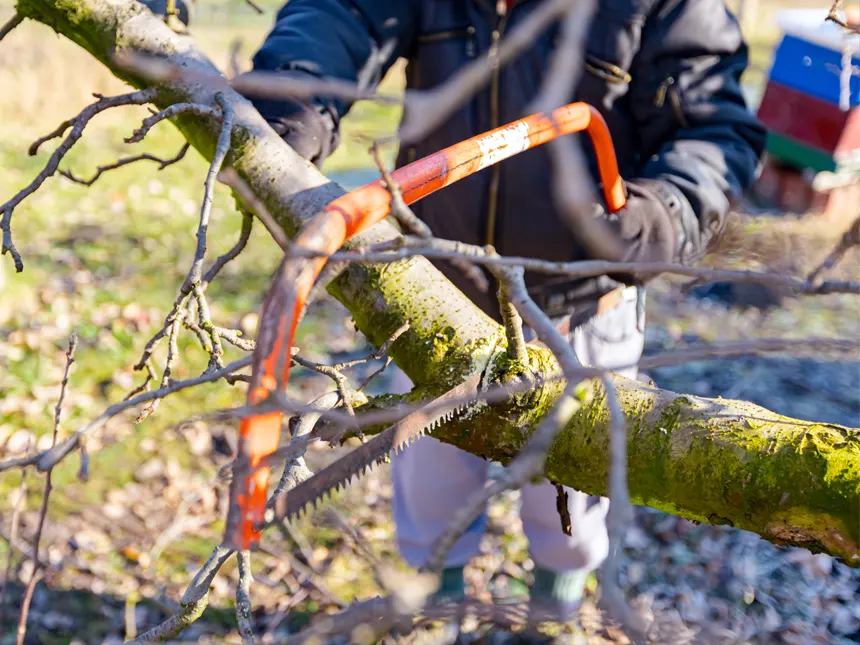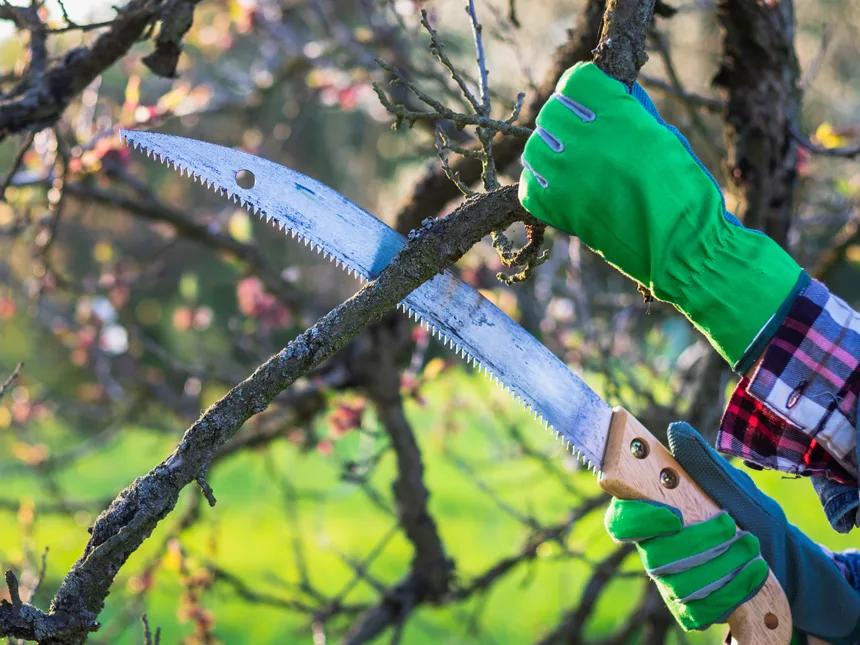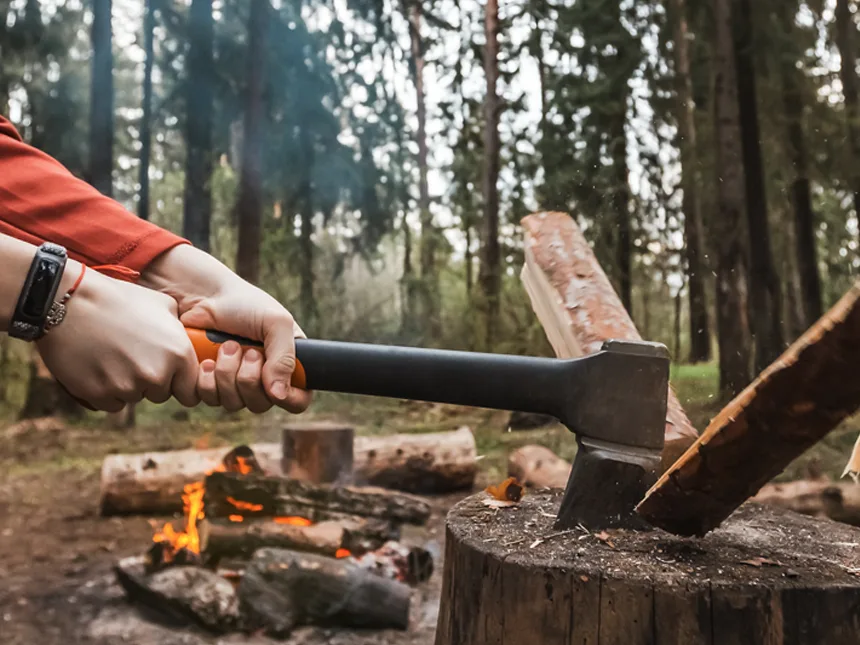Blue Gum Firewood: Is It Good?
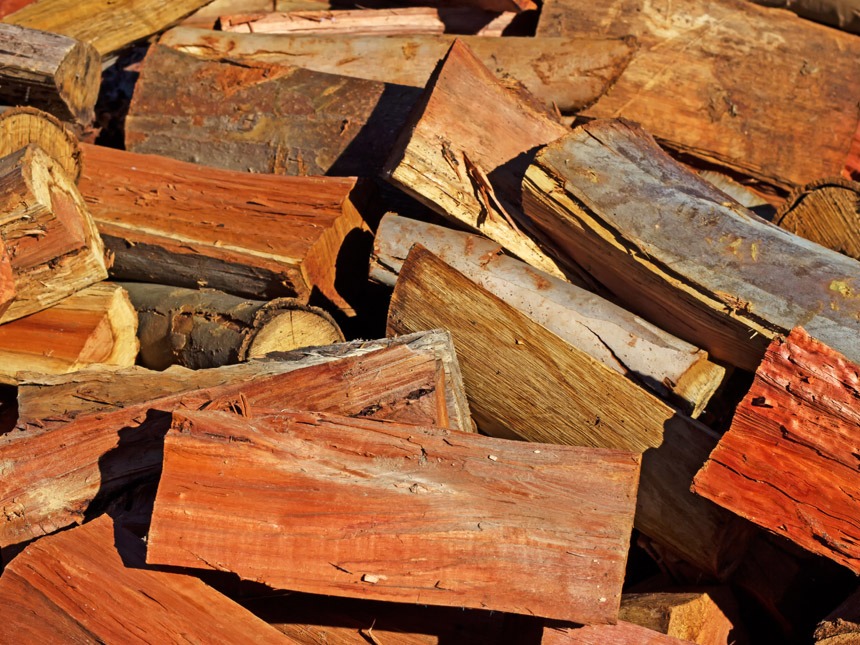
Timber Gadgets is reader-supported. We may earn a commission if you buy through the links on our site.
Bluegum (Eucalyptus globulus) is great firewood and burns very hot. It belongs to Myrtaceae or ‘Eucalyptus’ family which has over 800 species and is native to Australia. These are denser hardwoods and are likely to produce the highest heat of their kind.
However, this species is known for its invasive growth that some countries even have regulations for its plantation. In Africa, it is even prohibited to be planted near a water source.
Commonly, its plantations can be managed from 8-12 years period. Hence, in order to replace cut-down firewood, a new tree is planted after 2-3 cuttings from the previous plant.
This tree became the main source of eucalyptus oil, which is present in its leaves and wood. Its wood is yellowish-brown in color and takes a long time to mature.
Table of Contents
Burn Qualities of Blue Gum Firewood
Blue gum has excellent burning qualities. As a high-density hardwood, it burns hot and long. Unlike softwood or low-density hardwoods, you can rely on blue gum for a long cold night. As a matter of fact, it may even leave some coals to start a morning fire.
However, it can be a little difficult to light up, so you should use softer woods like pine or cedar for kindling. Once it catches fire, it burns well and produces a good bed of coals.
It burns even hotter than oak; so you may find its heat overwhelming. In such a case, you should mix some low output firewood to adjust the heat according to your need.
Its high heat output can partially be attributed to the presence of oil in the wood. It gives out a good smell when burnt. However, some people with sinus problems have noted mild irritation.
Heat Output
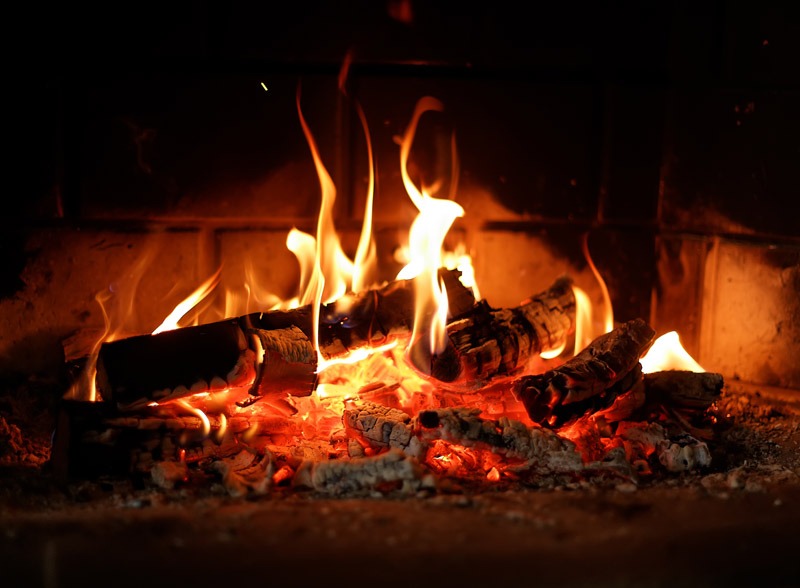
Blue gum produces 34.5 million BTUs of heat per cord. Being a high-density hardwood and the amount of oil it contains, it burns very hot. Its heat can be reduced if needed with a mix of less hot firewood. Wood mix can also help you optimize your wood stack for longer and quality burns.
If you are to start a fire, a moisture content between 13 to 17 percent is the most ideal temperature for a smooth and clean burn. With 12 percent or lower moisture content, wood burns too fast.
Smoke & Creosote
Blue gum burns with minimal smoke emission and is safe to burn both indoors and outdoors. However, it should be seasoned carefully before burning because it takes a long time to dry.
Creosote is a tar-like flammable chemical and extra deposition inside chimney walls narrows it down. It restricts smoke passage and it can start a chimney fire.
Note: Chimneys should be seasonally cleaned irrespective of the type of firewood you burn.
Spark
Blue gum doesn’t produce many sparks and provides a safe firewood experience. Still, you should use a glass screen in front of the stove to avoid any mishap. In unprotected stoves, stray sparks can lead to house fires.
Smell
The smell of Blue Gum is excellent by most people’s standards.
Coals
It has good charcoal properties. Being a dense hardwood, it creates long-burning coals. Also, blue gum produces a uniform bed, which outputs nice heat for a lengthy period of time.
Splitting Blue Gum (Eucalyptus globulus)
Bluegum is not easy to split. For bigger and knotty logs, splitting them by hand is nearly impossible. To make things easier, take your tools and start from the edges and make your way around. Trying to split from the middle is difficult.
Get a quality splitting maul or, if possible, use a hydraulic log splitter.
Comparing Blue Gum Firewood to Others
It tops in heat production, produces good coals, a good smell, and burns longer. But, its use is limited by the difficulty in its processing. The downsides are that it’s difficult to split and times a while to season. This, of course, is to be expected of any hardwood.
Let’s compare its properties with other firewood.
| Species | Heat per Cord (Million BTUs) |
|---|---|
| Blue Gum | 34.5 |
| Black Locust | 29.8 |
| Pecan | 28.5 |
| Beech | 27.5 |
| Walnut, Black | 22.2 |
| Sweetgum | 21.3 |
| Cherry | 20.4 |
| Elm, American | 20.0 |
| Pine | 15.9 |
| Fir, White | 14.6 |
| Redcedar, Eastern | 13.0 |
How Long to Season Blue Gum Firewood?
Without a doubt, it’s a hardwood with a very high density. And, like other eucalyptus species, it doesn’t lose moisture easily. You need to have patience and season it for 18-24 months to get thoroughly dry firewood.
Seasoning time may vary from area to area depending upon temperature and humidity. Keep your racks spaced and raised from the ground. And, of course, occasionally check it with a moisture meter.
Identifying Blue Gum Trees
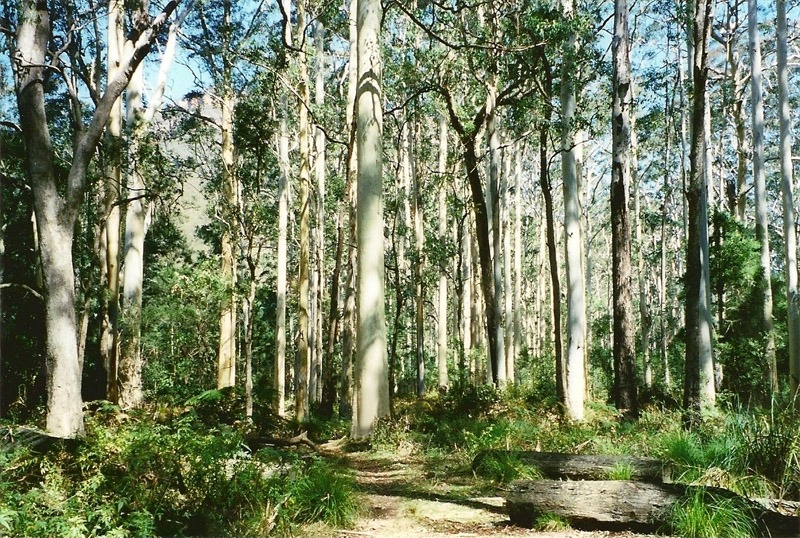
Blue gum is an aromatic evergreen tree. Its two-thirds portion is a straight trunk, although that may depend upon plantation density. Commonly, it grows to a height of 145 feet but may grow as tall as 300-feet under ideal conditions.
It bears solitary flowers in leaf axils which have sepals and petals joined to make a cap and cover stamens. As a matter of fact, its name speaks for itself. The name ‘Eucalyptus’ comes from this trait, Eu means well and kalyptos means covered. Its flowers produce nectar used for honey production.
Leaves
Juvenile leaves are thin, ovate, and arranged in a sub-horizontal fashion. These are covered with a blue-gray wax bloom from which comes the species name. On the other hand, mature leaves are long and narrow hanging vertically. These are thick, glossy, and dark green leaves that have high oil content in their glands.
Bark
It has a smooth, white to cream-colored bark which sheds yearly and a new layer replaces it. Sometimes, there are portions of persistent unshed bark at its bases. Featured photo by geoffsp / Adobe Stock

